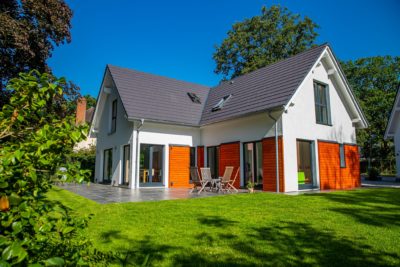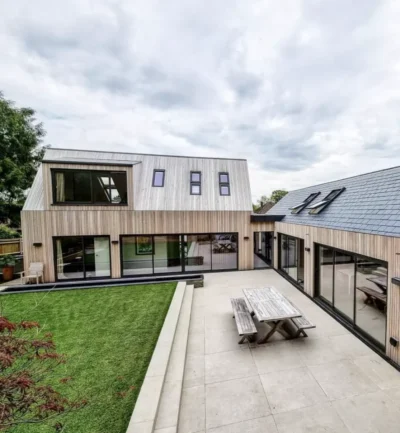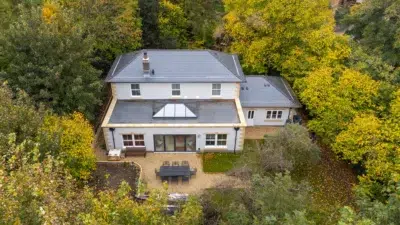Focus on: Paul Broadhead on self building being a mainstream choice
Nearly a third of UK adults would like to build or commission a tailor-made home, but only 13,000 people actually manage to do it each year. The government hopes to bridge that gap and make self build a mainstream option, with better access to finance a key part of its strategy. So, I chatted to Paul Broadhead from the BSA about the issues for people looking to fund a self build project and how they can be overcome.
What do you see as the key challenges preventing more people from self building?
I think people fear a complex process. They may worry that if they get mortgage finance, they will have to live in a caravan during the build.
Many people also lack self build experience, so they may know what they want their house to look like and where they want to find a plot, but they don’t understand what goes on under the ground. Both concerns are based on misconceptions and can be quickly debunked.
In a recent NaCSBA survey, 59% of people identified finding finance as the biggest obstacle to creating their own home. Why do you think that is?
Financing a self build is very different to getting a routine mortgage, so customers often need a lot of support. Fewer lenders operate in the self build space, so often the products are not out there front of mind. Speaking to a specialist broker will help navigate the mortgage process. Once people have spoken with a building society, they can take comfort that there is finance available.
Sometimes, people think that they will need a large chunk of money to pay for the land and work, before the mortgage lender will reimburse them. That’s not always the case these days.
In fact, if you’re looking at a custom build mortgage, you may only need a 5% deposit on the land and a 5% deposit on the build.
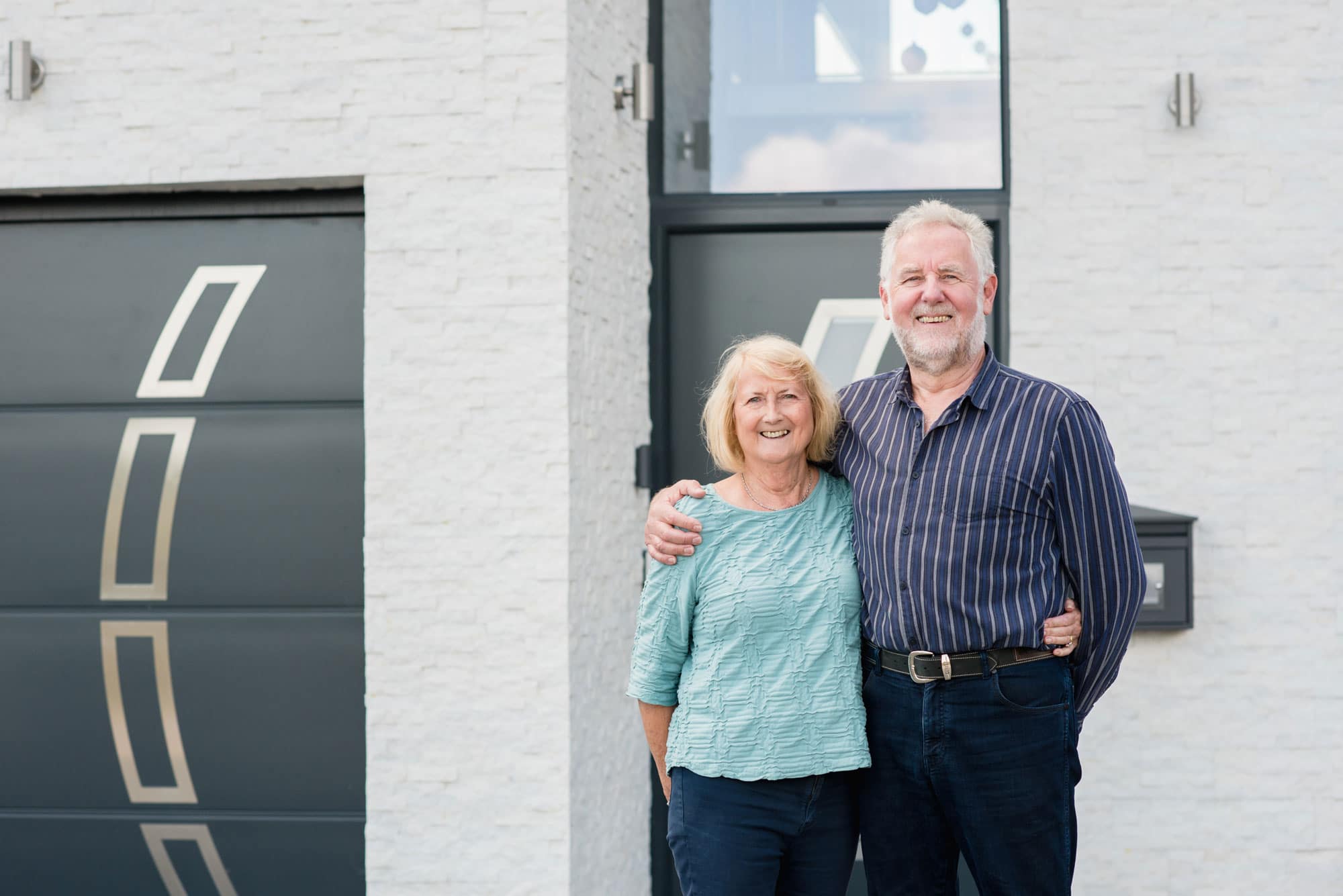
With the introduction of more dedicated developments like Graven Hill, Paul believes that custom build mortgages will become more common, helping to create bespoke projects such as this striking ICF home by Build It readers Terry and Olwen Brown-Waite
BuildStore has recently pioneered cost based lending for self builders. How big a step forward is this compared to standard stage payment mortgages?
This is a product that really broadens access to the self build market. With the cost based approach, you get the actual funds you’ll need for each phase of the project advanced to you before the work is undertaken.
The money is guaranteed and you can borrow up to 95%. This is a great option if you have limited cashflow, because as long as you can afford to service your current mortgage and the staged payments, there’s no reason why you can’t stay living in your house.
NaCSBA research shows younger generations are keen on the idea of self building, and yet it’s becoming harder and harder for first time buyers to get a foot on the housing ladder. How do you think this group can be supported?
The 95% lending that’s come to market in recent years will help. The government’s Help to Buy Scheme has aided first time buyers and last year its manifesto committed to extending this scheme to the Right to Build.
When the government delivers on that commitment, this should assist young people to gain access to affordable self build mortgage finance.
Our members have a lot of experience delivering Help to Buy on routine developments, so we’re ready to adapt these for the Right to Build.
The self build market is the equivalent to around the fifth largest house builder in the UK. To me, it feels like the government is still not paying enough attention to this group.
What other innovations are needed to enable easier access to finance for self and custom builders?
There’s been a lot of innovation in the last decade. We’ve gone from 10 traditional lenders to nearly three times that amount, plus a greater variety of products.
One of the challenges is the attitude of prudential regulators, who can be cautious about self build. As a result, a number of the smaller, well-established building societies are still restricted.
It’s time we explained to regulators that this should now become a mainstream product like any other mortgage.
The innovation we’ve seen from the mutual custom build approach – broadly based upon the Graven Hill development – is great. If government encouraged more schemes like this, it would become mainstream and help to deliver their housing objectives.
Clearly, they have one or two other things on their mind at the moment, but the need for housing doesn’t stop. Self building and the Right to Build are already there and functioning; they just need to signpost it to people.
For more informoation visit the Building Societies Association.
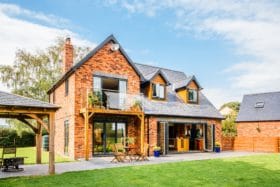
































































































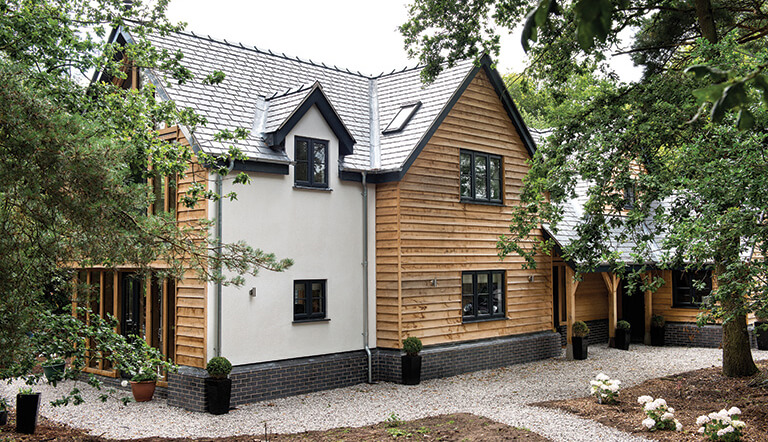
 Login/register to save Article for later
Login/register to save Article for later





